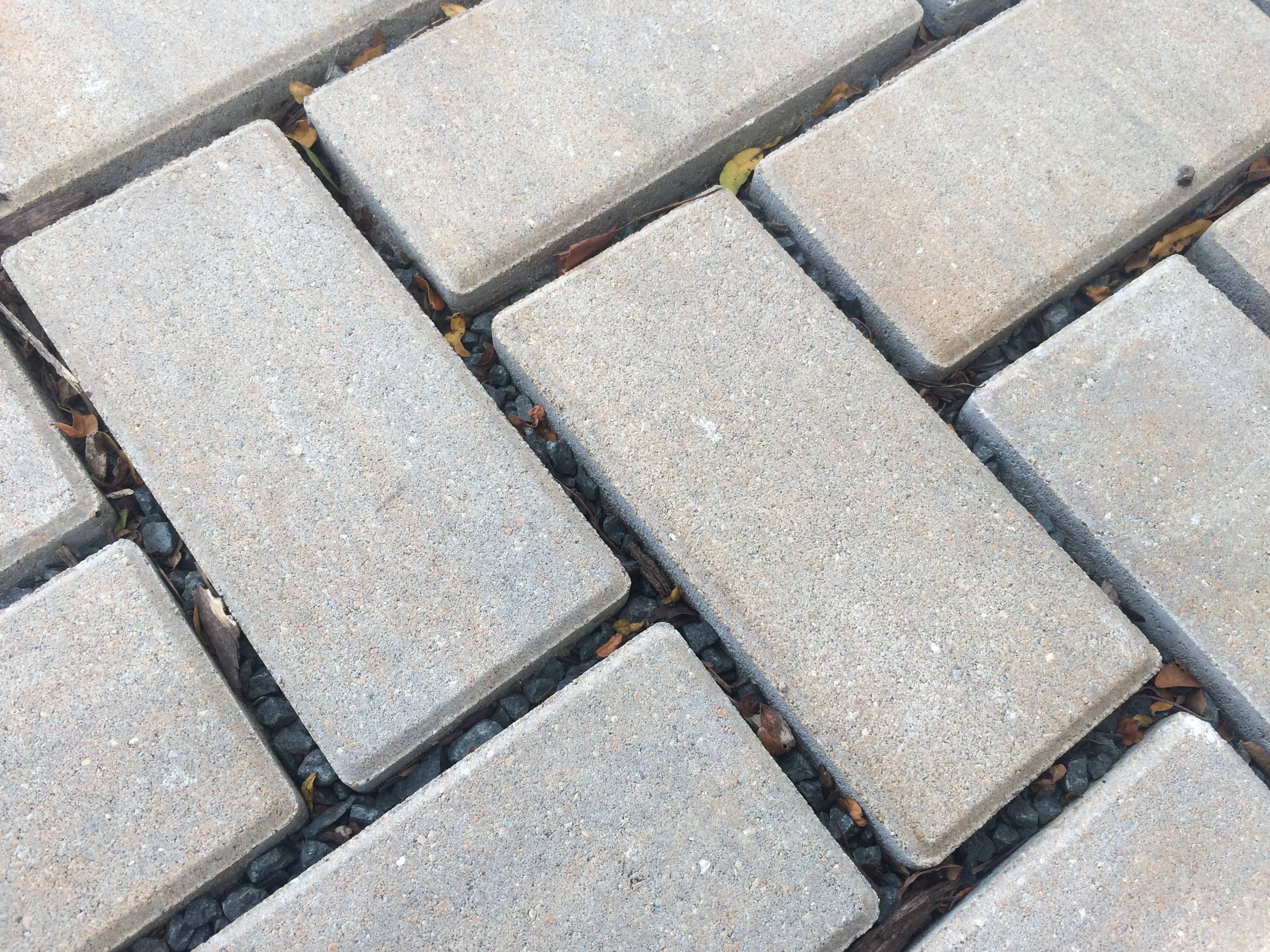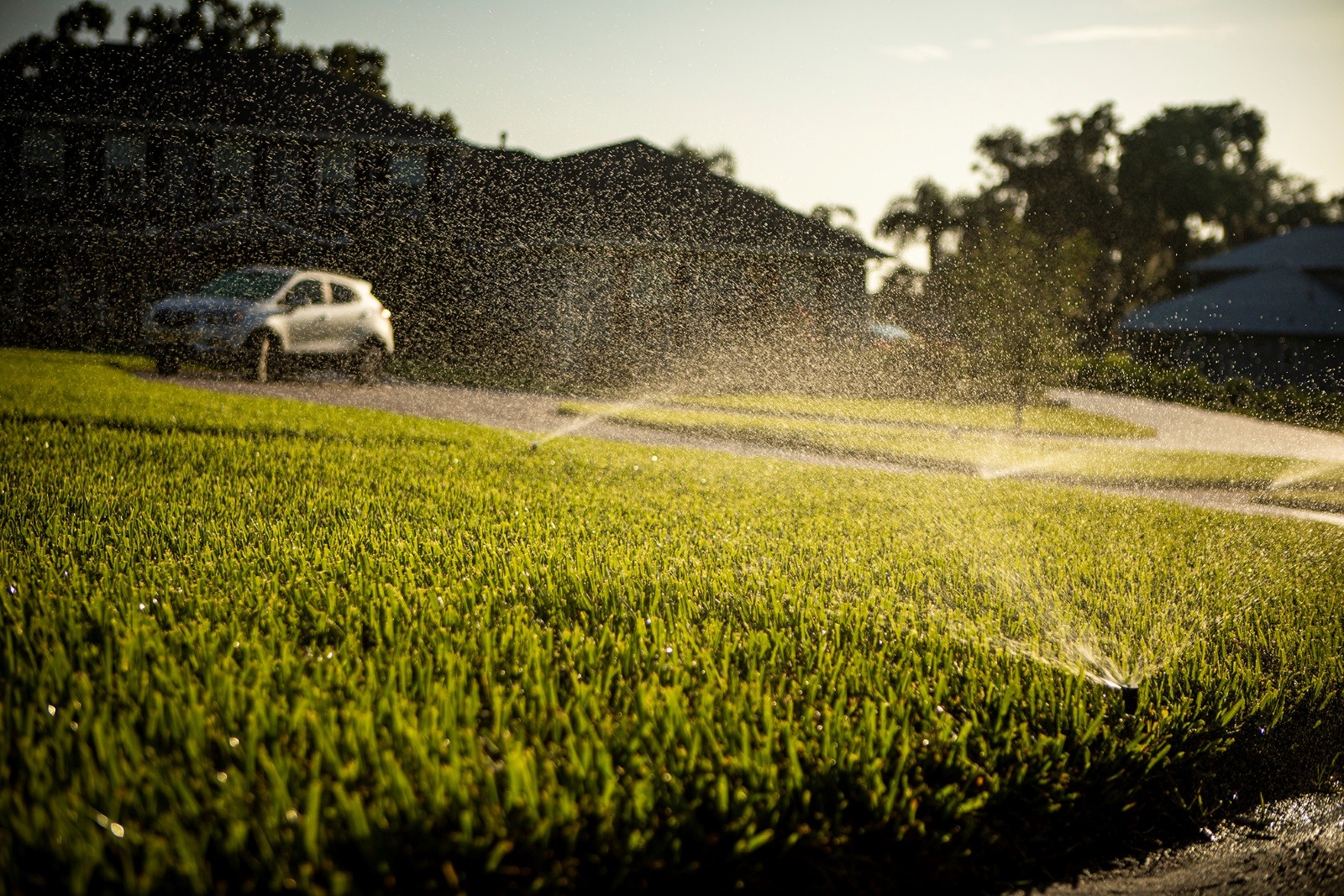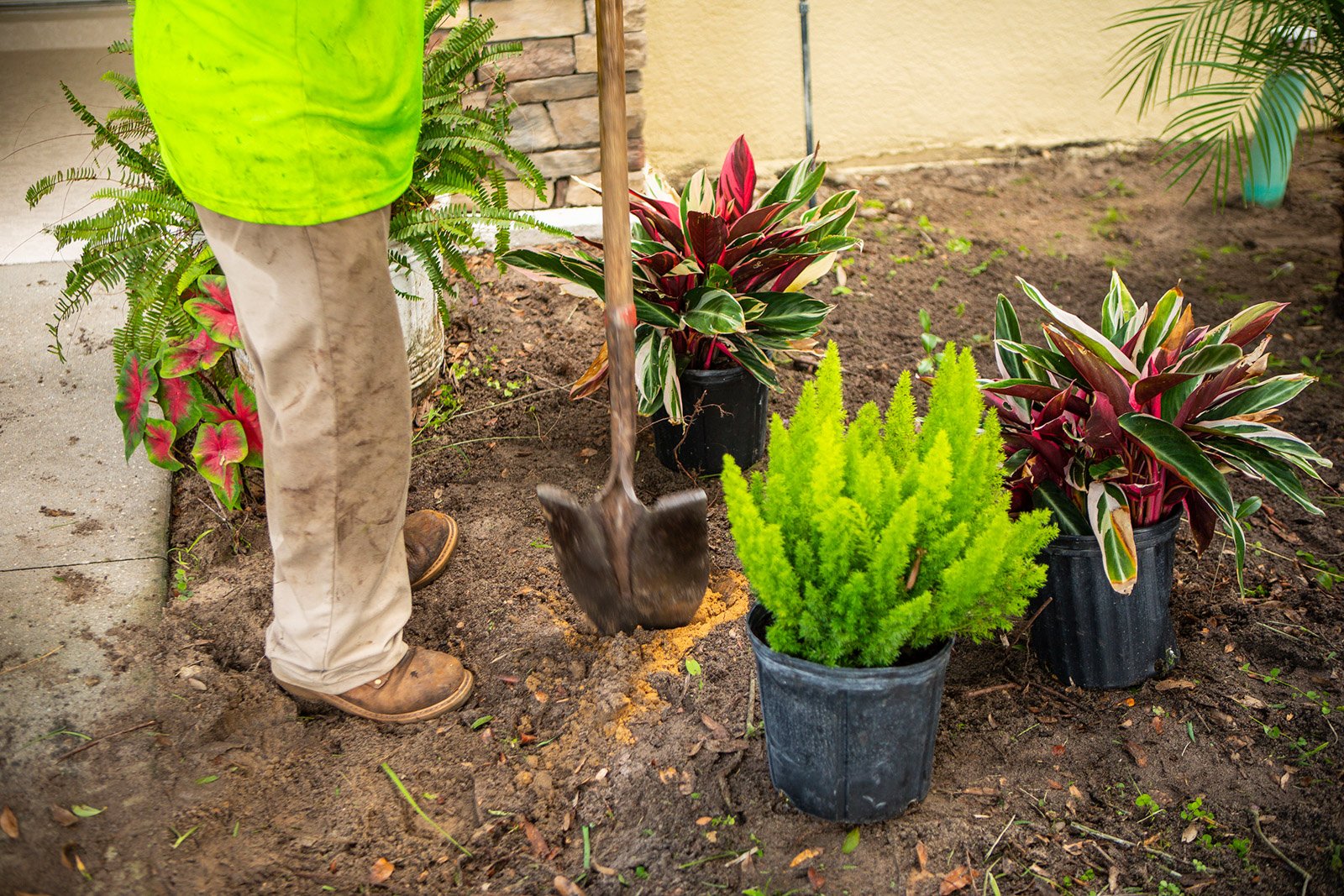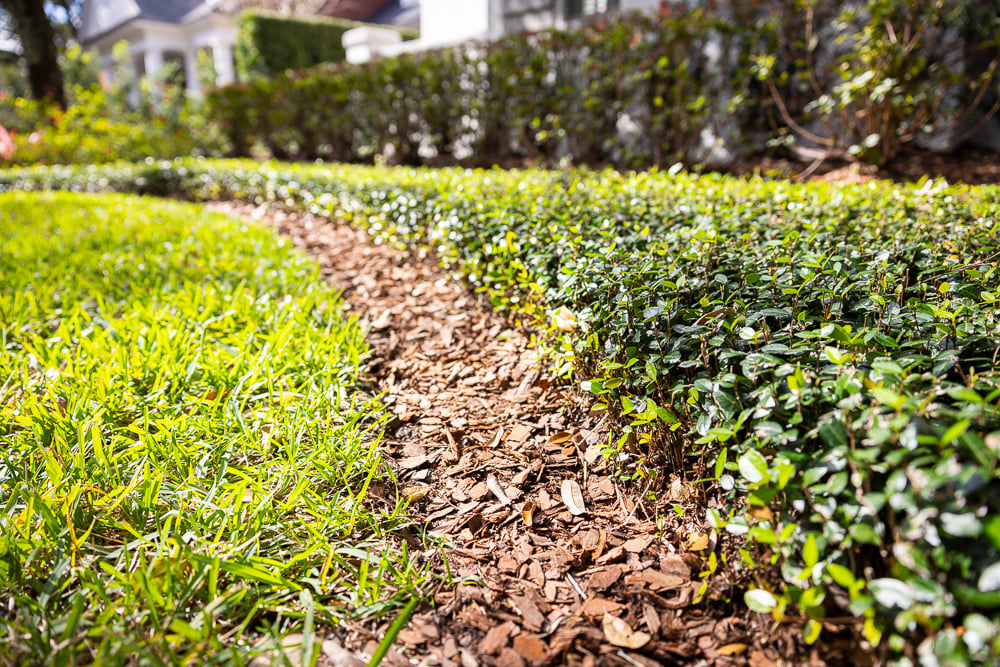If you look out your window and see a family of otters frolicking in your yard, you have a drainage problem.
No otters? That doesn’t mean you’re out of the woods. Or in this case, lake.
Swimming lake creatures aren’t the only sign. Even wet socks are a clue.
Are there drainage problems in your yard?
Grab your swim fins and let’s take a look.
Yard Drainage Problems in Orlando
If you live in a newer Orlando neighborhood, chances are there are drainage problems around your house. 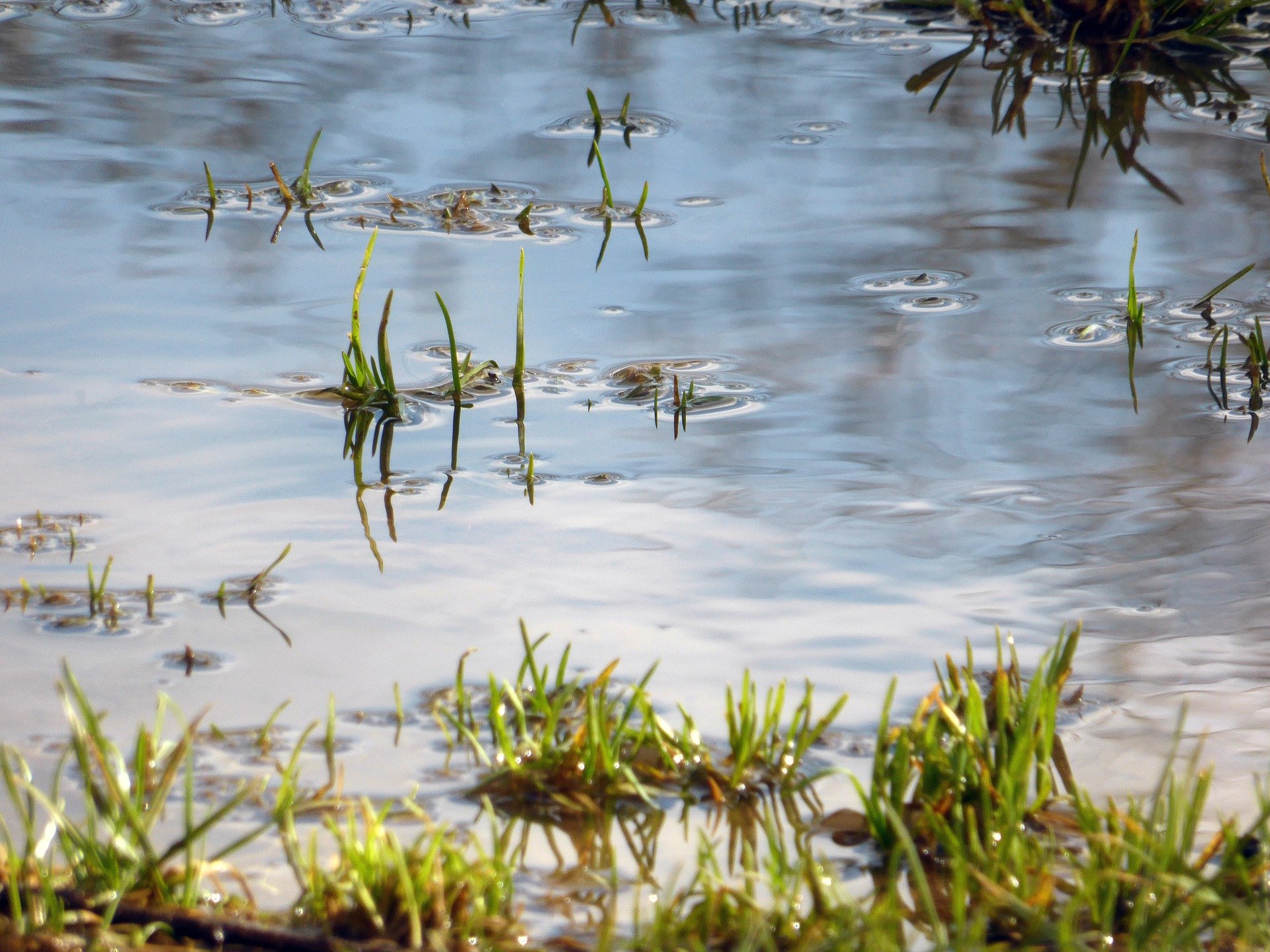
Drainage here in Orlando is a continuing problem as the city grows.
Most of the dry areas have already been developed, so many of the houses in newer neighborhoods have drainage problems. The already-wet ground can’t absorb extra water due to its clay content.
Look for These Yard Drainage Problems
Here are 3 signs of yard drainage problems to look out for:
1. Puddles that don’t evaporate.
2. Your grass stays saturated, long after the rain stops.
3 Water pools on your driveway, patios, or sidewalk after you receive rainfall
Things are Squishy: What Now?
You don’t think we’d tell you how to spot drainage problems around your house without telling you how to fix them, right?
Here are a few yard drainage solutions:
Fix Yard Drainage Problems with Collection Boxes
No, these aren’t boxes to collect funds to fix your drainage problem. We have to draw the line somewhere.
Also called catch basins, these gizmos are a yard drainage staple.
It’s basically a 12-inch-square box with a grate on top and a drainage pipe that slopes away from the basin.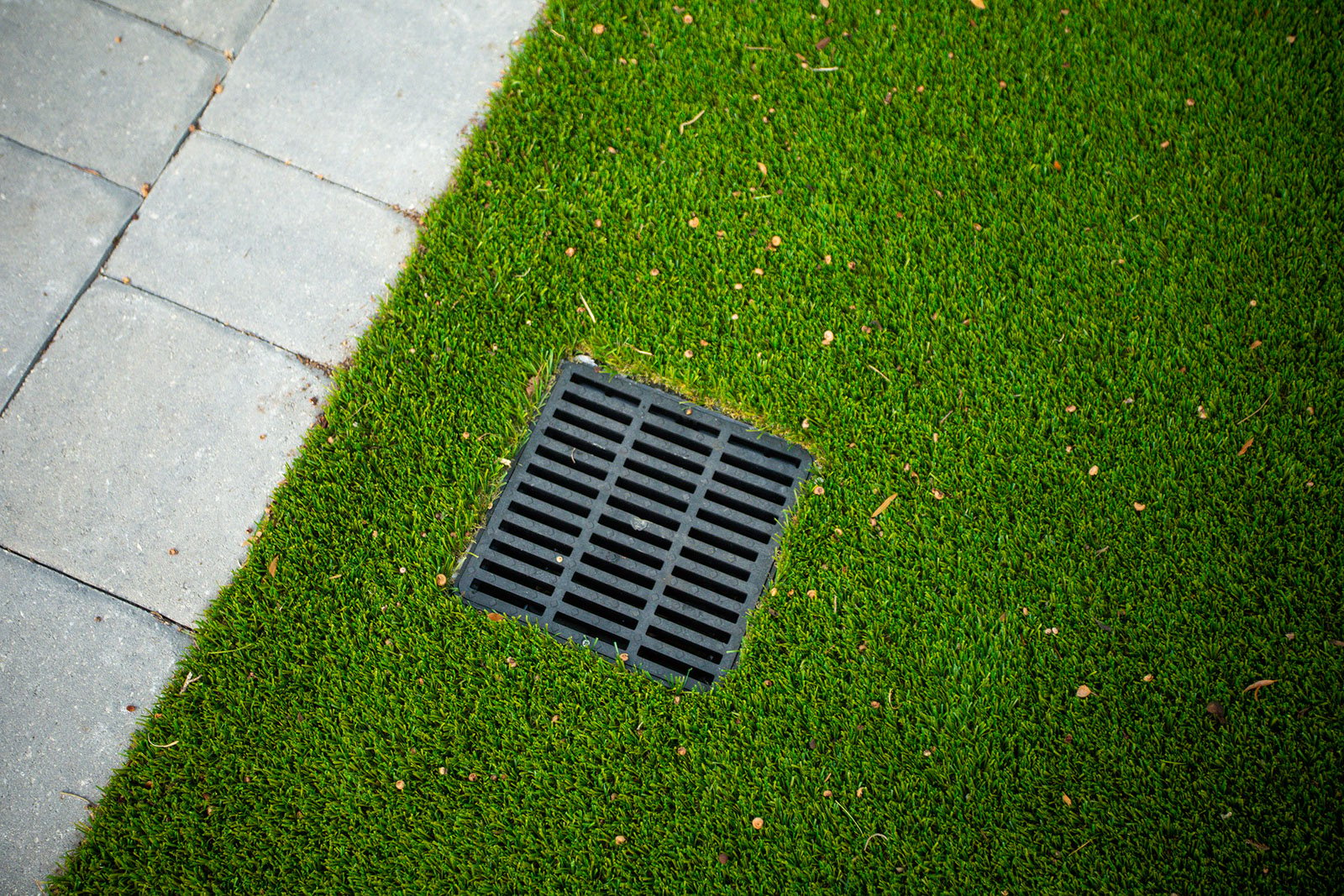
Placed in the ground at a low point on your property, or wherever drainage is a problem, they work pretty simply — water and debris enter the box through the grate. Solids settle to the bottom while water drains out of the pipe and is diverting to the street storm drains. These do well at removing water, but don’t do much for wet soil.
French Drains for Yard Drainage Problems
French drains, typically installed at a low point between two houses, use gravity to divert your yard’s excess water.
It’s basically a gravel-filled trench with a perforated pipe inside. Water flows into the trench, soaks down through the gravel and into the pipe, which diverts it away from your yard. These do a great job drying up any standing water as well as firming up the soil.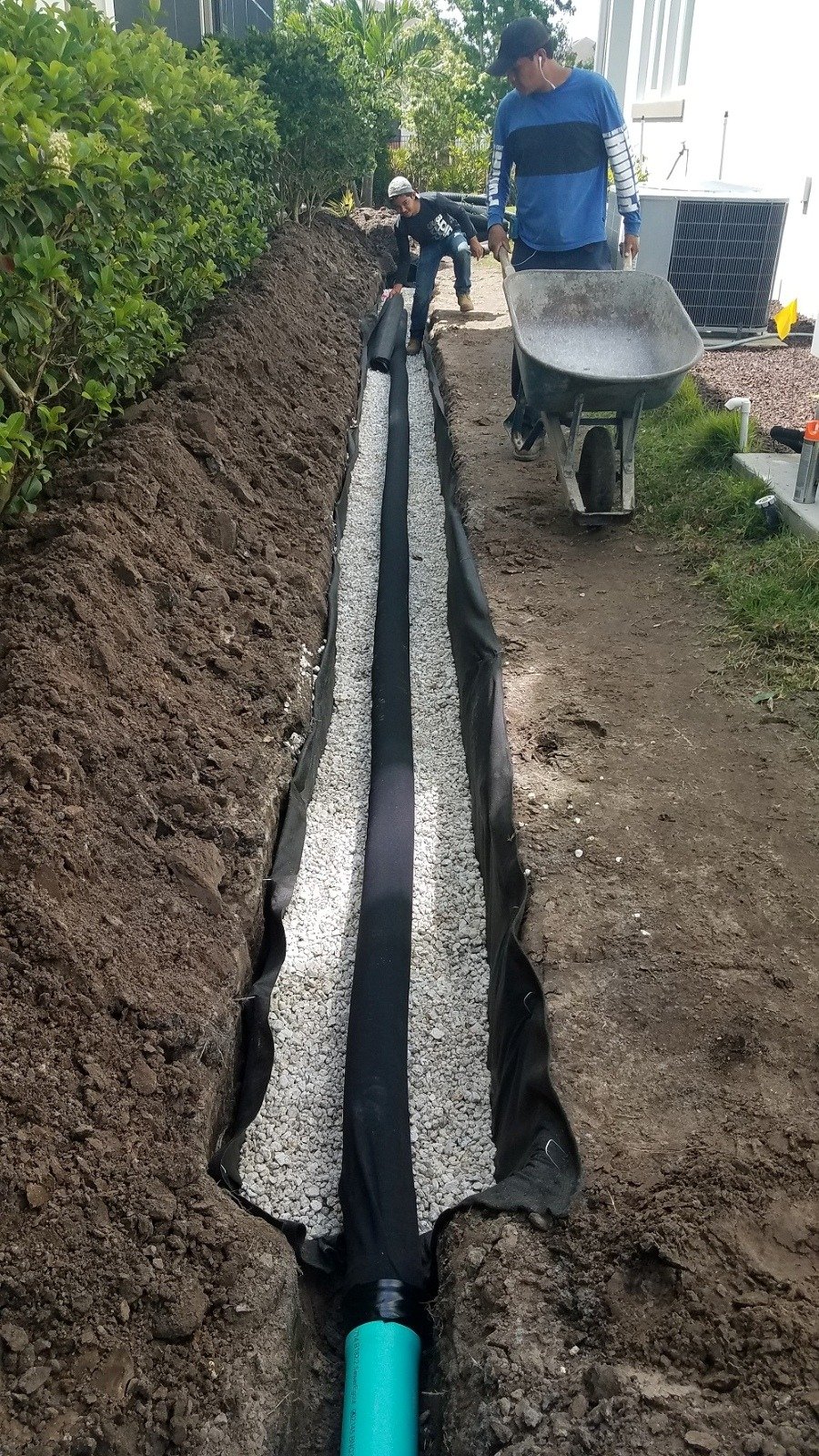
Drawback: they’re a lot of work to install, so they’re expensive.
So, there’s another option.
Another Option for Yard Drainage Problems: NDS EZ-Drain
An alternative to the French drain, the NDS EZ-Drain installs without gravel, saving a lot of time and money.
EZ-Drain bundles consist of fabric, lightweight gravel substitute, and pipe. It’s like an entire yard drainage system, bundled neatly together. This method is more effective than catch basins, but less effective than French Drains.
It drains excess water in much the same way as a French drain, but it cuts installation time in half by eliminating the need to transport, shovel, and move heavy gravel.
Don’t Ignore Yard Drainage Problems
You can put off painting the bedroom, tiling the kitchen backsplash, or installing that hardwood floor. (Don’t tell your spouse we just said that.)
But don’t ignore drainage problems in your yard.
Excess water can damage your home’s foundation, erode and crack sidewalks, driveways, and retaining walls.
Landscapes that drain poorly can cause problems inside the house, too — especially along the floor board.
Too much water creates mold and mildew and causes cracks in interior walls and exterior surfaces. Damp conditions can even encourage mosquitoes and rodents to breed.
Yard Drainage Problems in Central Florida? Trust Ground Source
Don’t wait until you see those frolicking dolphins to give us a call.
No matter what drainage problems lurk in your yard, we have a solution.
We’re yard drainage experts, but our skills don’t stop there.
We’re with you every step of the way as you plan your perfect outdoor space.
Sod, irrigation, landscape design: Let us transform your yard from an embarrassing eyesore to a place you spend every spare minute.
Are you ready to enjoy the vibrant, impressive yard you've always wanted? Request a quote today! We’ll help you review your options and then transform your property.
Image: flooded yard



